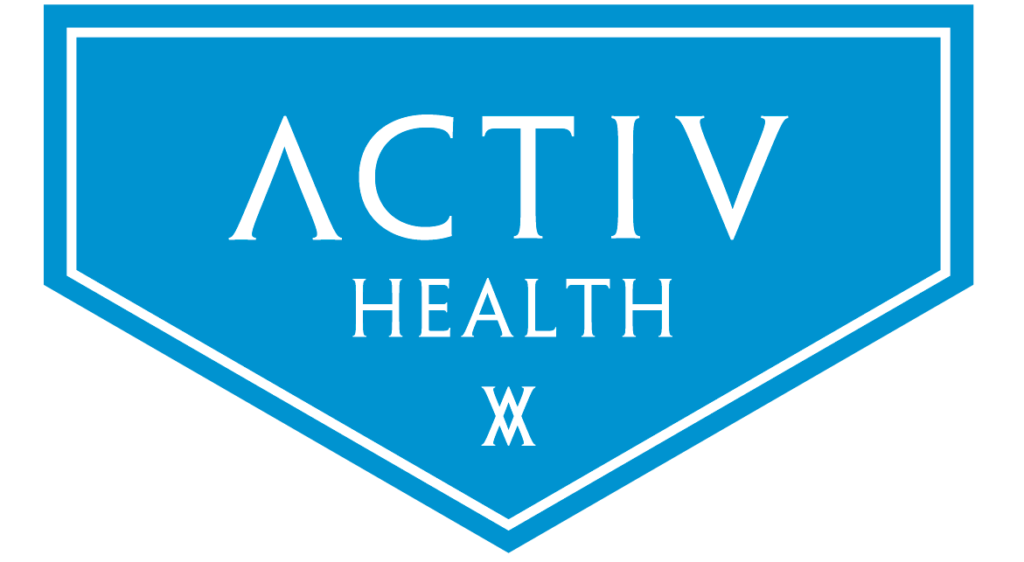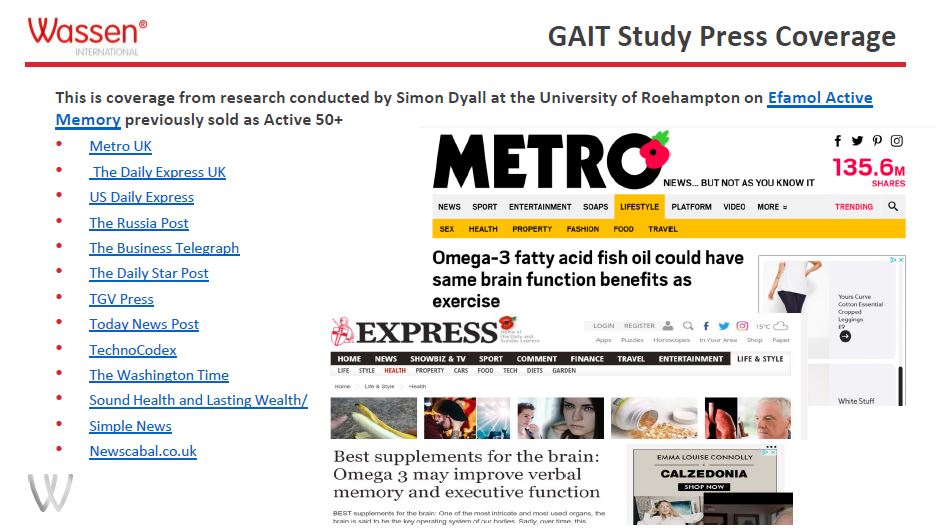The first comprehensive population study looking at the impact of omega-3 LC-PUFAs on cataracts included 71,083 women from the Nurses’ Health Study. They were followed for up to 16 years to examine the association between dietary fat intake and cataract extraction in adult women 1. Dietary fat was assessed by repeated food frequency questionnaires and the incident cases of cataract extraction were determined by a biennial questionnaire. Results: Women in the highest quintile of long-chain omega-3 fatty acid had a 12% lower risk of cataract extraction compared with those in the lowest quintile. Women who ate fish 3 or more times per week had an 11 % lower risk of cataract extraction than did those who consumed fish one or fewer times per week implying that higher intake of DHA and EPA and fish may modestly reduce the risk of cataract.
The Blue Mountains Eye Study examined 3,654 predominantly Caucasians aged 49+ years near Sydney Australia, and then 2,335 survivors after five years to investigate the relationships between dietary intake at baseline and the five-year incidence of three main types of cataract. 2. Assessments included a food frequency questionnaire at baseline to assess nutrient intakes and lens photography to determine the presence of cataract at baseline and after 5 years. Results: After adjusting for multiple known cataract risk factors, higher dietary intakes of omega-3 LC- PUFA were associated with a reduced incidence of nuclear cataract.
To date, there have been no intervention trials using omega-3 LC-PUFAs to prevent cataracts.
1. Lu M, Cho E, Taylor A, Hankinson SE, Willett WC, Jacques PF. Prospective study of dietary fat and risk of cataract extraction among US women. Am J Epidemiol. 2005 May 15;161(10):948-59.
2. Townend BS, Townend ME, Flood V, Burlutsky G, Rochtchina E, Wang JJ, Mitchell P.Dietary macronutrient intake and five-year incident cataract: the blue mountains eye study. Am J Ophthalmol. 2007 Jun;143(6):932-939. Epub 2007 Apr 24.
To date, only one preliminary study has looked at the effect of just omega-3 LC-PUFAs on AMD and unfortunately, the study duration may have been too short to provide any meaningful measurement of their effectiveness.
Thirty-eight patients with early stage AMD completed an ophthalmologic examination and serum and red blood cell membranes fatty acid analysis at day 0 and month 6.
Twenty-two patients were orally supplemented with EPA (720 mg/day) and DHA (480 mg/day) during 6 months while 16 patients were followed as controls. Results: There was a significant blood enrichment of EPA and DHA in the treatment group, but there was no significant further development of AMD in either group – indicating that the trial should have continued for a longer period of time.
Reference
Querques G, Benlian P, Chanu B, Portal C, Coscas G, Soubrane G, Souied EH Nutritional AMD treatment phase I (NAT-1): feasibility of oral DHA supplementation in age-related macular degeneration. Eur J Ophthalmol. 2009 Jan-Feb;19(1):100-6.
Currently, a 5-year, 4000-person clinical trial is underway (http://www.areds2.org ).
The AREDS2 is a multi-center, randomized trial designed to assess the effects of oral supplementation of lutein and zeaxanthin and/or omega-3 LC-PUFAs (DHA and EPA) on the progression to advance AMD.
Enrollment concluded in June 2008 and participants will be followed between five and six years.
The association of bilberries and blueberries with eye health and good vision originated as folk medicine. During World War II when British Royal Air Force pilots were on night-time bombing missions they reported that their sight was improved after eating bilberry jam. The purported active ingredient for the beneficial effects of bilberries and blueberries are the anthocyanosides. Recently the trials of bilberry anthocyanosides for effects on night vision have been systematically reviewed. The authors found mixed results.
Since then, one preclinical study reported that bilberry extract prevents lipid oxidation in the eye which helps cataracts2 and two additional preclinical studies have reported that bilberry extract prevents lipid oxidation in the eye which helps prevent AMD 3,4.
1. Canter PH, Surv Opththalmol 2004;49(1):38-50.
2: Fursova AZh, Gesarevich OG, Gonchar AM, Trofimova NA, Kolosova NG.[Dietary supplementation with bilberry extract prevents macular degeneration and cataracts in senesce-accelerated OXYS rats] [Article in Russian] Adv Gerontol. 2005;16:76-9. Links
3. Fursova AZh, Gesarevich OG, Gonchar AM, Trofimova NA, Kolosova NG. [Dietary supplementation with bilberry extract prevents macular 4. degeneration and cataracts in senesce-accelerated OXYS rats] [Article in Russian] Adv Gerontol. 2005;16:76-9.
4. Kolosova NG, Lebedev PA, Dikalova AE. Comparison of antioxidants in the ability to prevent cataract in prematurely aging OXYS rats. Bull Exp Biol Med. 2004 Mar;137(3):249-51.
Epidemiological studies have fairly consistently measured an inverses association between dietary lutein/zeaxanthin intake4-7 as well as blood levels1,2,3, of these two nutrients and cataracts.
A randomized, double-blind, placebo-controlled trial has reported positive results.
It included 17 patients with age-related cataracts who were supplemented with 15 mg lutein or 100 mg alpha-tocopherol or placebo three times a week for up to 2 y.
Results: Serum lutein and its metabolites increased significantly, and visual performance indices including visual acuity and glare sensitivity improved8 . In addition, there was a trend toward a decrease in visual acuity in the placebo group9. No significant side effects or changes in biochemical or hematologic profiles were observed in any of the subjects during the study9.
1. Dherani M, Murthy GV, Gupta SK, Young IS, Maraini G, Camparini M, Price GM, John N, Chakravarthy U, Fletcher AE. Blood levels of vitamin C, carotenoids and retinol are inversely associated with cataract in a North Indian population. Invest Ophthalmol Vis Sci. 2008 Aug;49(8):3328-35. Epub 2008 Apr 17.
2. Mares-Perlman JA, Brady WE, Klein BE, Klein R, Palta M, Bowen P, Stacewicz-Sapuntzakis M. Serum carotenoids and tocopherols and severity of nuclear and cortical opacities. Invest Ophthalmol Vis Sci. 1995 Feb;36(2):276-88.
3. Gale CR, Hall NF, Phillips DI, Martyn CN. Plasma antioxidant vitamins and carotenoids and age-related cataract. Ophthalmology. 2001 Nov;108(11):1992-8.
4. Moeller SM, Voland R, Tinker L, Blodi BA, Klein ML, Gehrs KM, Johnson EJ, Snodderly DM, Wallace RB, Chappell RJ, Parekh N, Ritenbaugh C, Mares JA; CAREDS Study Group; Women’s Helath Initiative. Associations between age-related nuclear cataract and lutein and zeaxanthin in the diet and serum in the Carotenoids in the Age-Related Eye Disease Study, an Ancillary Study of the Women’s Health Initiative. Arch Ophthalmol. 2008 Mar;126(3):354-64.
5. Christen WG, Liu S, Glynn RJ, Gaziano JM, Buring JE.Dietary carotenoids, vitamins C and E, and risk of cataract in women: a prospective study. Arch Ophthalmol. 2008 Jan;126(1):102-9.
6. Rodríguez-Rodríguez E, Ortega RM, López-Sobaler AM, Aparicio A, Bermejo LM, Marín-Arias LI. The relationship between antioxidant nutrient intake and cataracts in older people. Int J Vitam Nutr Res. 2006 Nov;76(6):359-66.
7. Vu HT, Robman L, Hodge A, McCarty CA, Taylor HR. Lutein and zeaxanthin and the risk of cataract: the Melbourne visual impairment project. Invest Ophthalmol Vis Sci. 2006 Sep;47(9):3783-6.
8. Olmedilla B, Granado F, Blaco I, Vaquero M. Lutein but not alphatocopherol supplementation improves visual function in patients with age-related cataracts: a 2 year age-related, double-blind, placebo-controlled pilot study. J Scvi Food Agric 2001;81:904-909.
9. Olmedilla B, Granado F, Blanco I, Vaquero M. Lutein, but not alpha-tocopherol, supplementation improves visual function in patients with age-related cataracts: a 2-y double-blind, placebo-controlled pilot study. Nutrition. 2003 Jan;19(1):21-4.
[/lepopuplocker]




